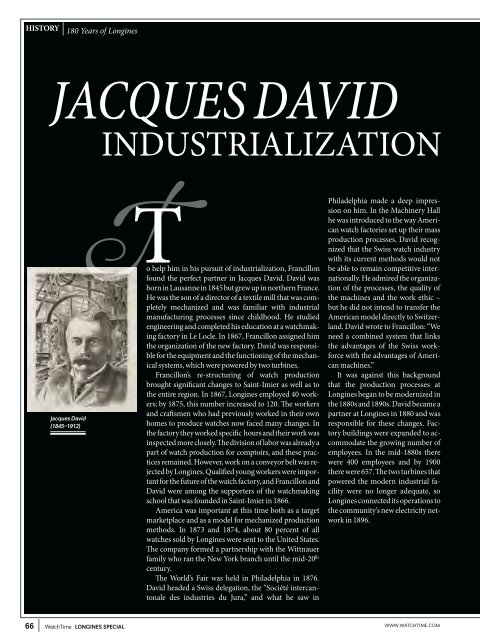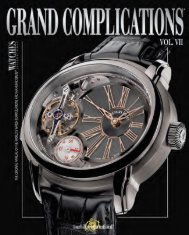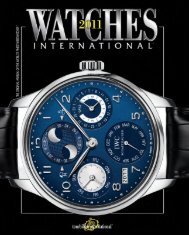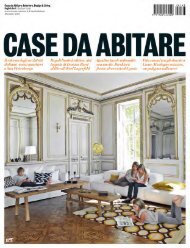180 YEARS OF
180 YEARS OF
180 YEARS OF
You also want an ePaper? Increase the reach of your titles
YUMPU automatically turns print PDFs into web optimized ePapers that Google loves.
HISTORY | <strong>180</strong> Years of Longines<br />
Jacques David<br />
(1845–1912)<br />
66 | WatchTime LONGINES SPECIAL<br />
o help him in his pursuit of industrialization, Francillon<br />
found the perfect partner in Jacques David. David was<br />
born in Lausanne in 1845 but grew up in northern France.<br />
He was the son of a director of a textile mill that was completely<br />
mechanized and was familiar with industrial<br />
manufacturing processes since childhood. He studied<br />
engineering and completed his education at a watchmaking<br />
factory in Le Locle. In 1867, Francillon assigned him<br />
the organization of the new factory. David was responsible<br />
for the equipment and the functioning of the mechanical<br />
systems, which were powered by two turbines.<br />
Francillon’s re-structuring of watch production<br />
brought signicant changes to Saint-Imier as well as to<br />
the entire region. In 1867, Longines employed 40 workers;<br />
by 1875, this number increased to 120. e workers<br />
and crasmen who had previously worked in their own<br />
homes to produce watches now faced many changes. In<br />
the factory they worked specic hours and their work was<br />
inspected more closely. e division of labor was already a<br />
part of watch production for comptoirs, and these practices<br />
remained. However, work on a conveyor belt was rejected<br />
by Longines. Qualied young workers were important<br />
for the future of the watch factory, and Francillon and<br />
David were among the supporters of the watchmaking<br />
school that was founded in Saint-Imier in 1866.<br />
America was important at this time both as a target<br />
marketplace and as a model for mechanized production<br />
methods. In 1873 and 1874, about 80 percent of all<br />
watches sold by Longines were sent to the United States.<br />
e company formed a partnership with the Wittnauer<br />
family who ran the New York branch until the mid-20th T<br />
century.<br />
e World’s Fair was held in Philadelphia in 1876.<br />
David headed a Swiss delegation, the “Société intercantonale<br />
des industries du Jura,” and what he saw in<br />
Philadelphia made a deep impression<br />
on him. In the Machinery Hall<br />
he was introduced to the way American<br />
watch factories set up their mass<br />
production processes. David recognized<br />
that the Swiss watch industry<br />
with its current methods would not<br />
be able to remain competitive internationally.<br />
He admired the organization<br />
of the processes, the quality of<br />
the machines and the work ethic –<br />
but he did not intend to transfer the<br />
American model directly to Switzerland.<br />
David wrote to Francillon: “We<br />
need a combined system that links<br />
the advantages of the Swiss workforce<br />
with the advantages of American<br />
machines.”<br />
It was against this background<br />
that the production processes at<br />
Longines began to be modernized in<br />
the 1880s and 1890s. David became a<br />
partner at Longines in 1880 and was<br />
responsible for these changes. Factory<br />
buildings were expanded to accommodate<br />
the growing number of<br />
employees. In the mid-1880s there<br />
were 400 employees and by 1900<br />
there were 657. e two turbines that<br />
powered the modern industrial facility<br />
were no longer adequate, so<br />
Longines connected its operations to<br />
the community’s new electricity network<br />
in 1896.<br />
WWW.WATCHTIME.COM

















